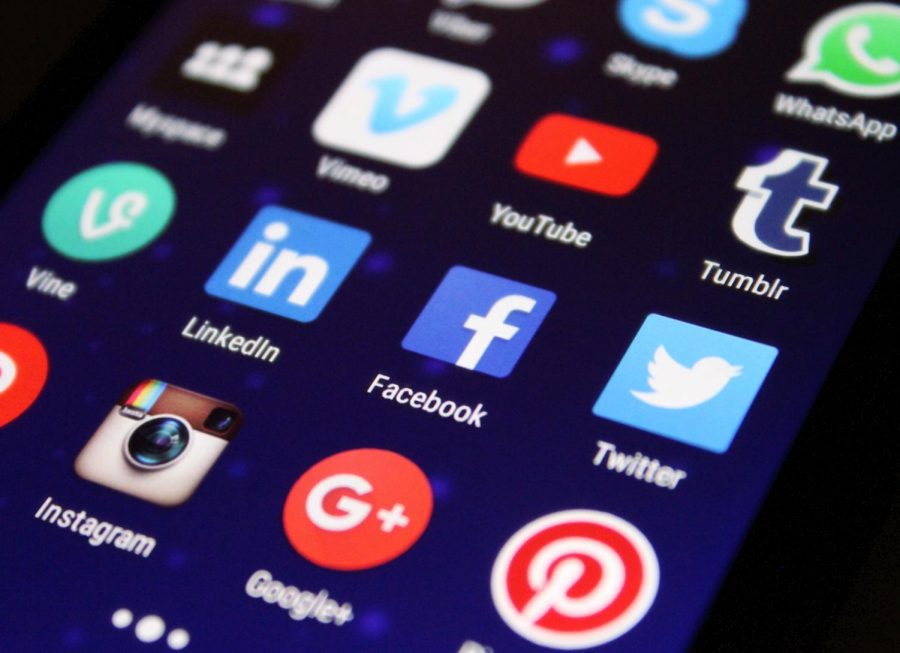Social Media: A Joy & A Burden
January 24, 2018
On January 7th, 2018, a Snapchat post threatening a school shooting was posted on a high school student’s Snapchat Story. “Don’t go to school tomorrow @MHS. Students,” the post stated with a variety of guns and weapons laying on a covered surface in the background. This was sent from person to person in various high school communities throughout the country. The craziest part about the spread of the post was where it started and how fast it circulated. The original post was created by a student at Monticello High School located in Charlottesville, Virginia. Charlottesville is a 681 mile (10 hours and 15 minutes) drive from Paducah, KY according to Google Maps. The post threatening a school shooting “traveled” to Western Kentucky, in a matter of hours, about 5 hours to be approximate. That’s half the time it takes to drive to Charlottesville. The sharing of the post occurred so quickly that the Mustang Messenger staff, who all come from separate areas of interests and friend circles, were able to have a full conversation about the post without having to inform a single person about it. While all of this sharing of information was occurring, Albemarle County Police was able to detain the student who created the post because people had reported the post. So, how did this post causing much havoc and panic spread so fast?
Social media isn’t built for users to just be able to share information with your friends; users can share information with almost anyone, with an account on the social media site. However, Snapchat works differently. You have to have a username or a Snapcode to be able to connect with a person on that platform, and sometimes, Snapchat suggests users to “add,” but it’s usually based of your contact list or mutual friends. Users can send the post to other users they are connected with and even take screenshots of the post, allowing users to keep a copy and send it over a variety of other social media platforms. When people find something funny, serious, or important on social media that they “need” to share with their friends, the first response is to either tag them in the post or send it to them via direct messages. The latter is exactly what occurred on January 7th. We wanted to inform our friends of a possible threat but most people didn’t want others to assume they created the post, so they took the safe route and privately shared it with their friends and the cycle continued on.
Social media is something that has so much power, but only a small amount of people realize the power of this form of communication. For something that allows us to experience the world around us at the tip of our fingers, we underestimate the capacity of information we have access to, sometimes that information is something that we don’t necessarily need to know, but it’s nice to know. We are the first generation to have this power available to us, something that hasn’t been available to past generations. We have the ability to influence future events – for example, preventing a school shooting.
How can you, as a student or even a user of social media, prevent these tragic events from happening after seeing a suspicious post? It’s simple, report anything you find to be a possible problem, such as suggesting suicide, planning a mass shooting, or any other tragic event to the right authorities, such as a school principal, the police, or a trusted adult. Make sure you communicate the issue and what you believe is the problem, along with what made you come to this conclusion. Communication is key to solving any problem, and keeping things to yourself won’t fix anything.
Social media has so much power that is unrecognizable. We need to come together to realize how successful we could be in preventing these tragic events. But until we all recognize the capabilities we have, we won’t be able to be as successful as we want to be. #TeamInternet












